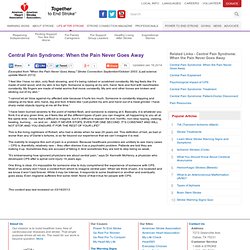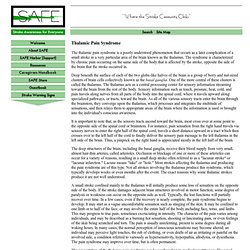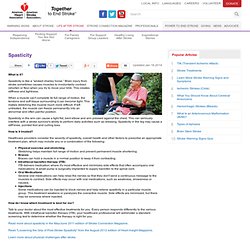Zoom
Trash
Related: Technique du One stroke
- Vidéo One Stroke
- Digital + Physical Executions
- counting the number of physical CPUS
- Physical Education
- physical science 8
- I AM this thing made physical in my use right now! And so it is!
- Physical Health
- Physical health
- Physical - Q3
- Stroke
- Year 9 Physical World
- Physical Therapy
- 1. OSI Physical Layer
- Physical Activity
- Physical Science
- stroke
- physical education
- Physical Measures
- Calories vs physical activity Inforgraphics - Inspiration
- Schools Science Clips - Forces in action
- Kinedoc - Base documentaire de la masso-kinésithérapie/physiothérapie francophone
- Prevention
- The Energy Story - Chapter 1: Energy - What Is It?
- The Complete Guide to the Alexander Technique
- Middle School - PhET Simulations
- Ipad Apps for Physical Education | The Physical Education Teacher (@DylanBlain)
- Easynail.ru — Юлия Билей, мастер-класс на NailExpo 2011, часть 4 - YouTube
- Climate Change, Deforestation, Biomes and Ocean Currents, Plankton, Endangered Species - Earth Web Site
- Misconceptions About Temperature - YouTube
- Physical Education (PE) Apps for Teachers
- One Stroke Painted Vines and Daisys- By DJ Creations - YouTube
- 5 WAYS TO EASY ONE STROKE BUTTERFLY FOR NAIL ART - PRACTICE - YouTube
- Pilates for Beginners in Pictures: Moves for Abs, Toning, and More
- healthfinder.gov - Your Source for Reliable Health Information
- The Nucleus: Crash Course Chemistry #1 - YouTube
- Education
- Enterprise



